The Rainbow Trout is a species of fish in the Salmonidae family. Other members of the family include other trout species, salmon, char, grayling, whitefish, and more.
Some of the closest relatives of this species include the cutthroat trout, pink salmon, dog salmon, coho salmon, sockeye salmon, and Chinook salmon. Read on to learn about the Rainbow Trout.
Description of the Rainbow Trout
The appearance of this species varies based on the subspecies and the age of the fish. Juveniles, adults, and spawning fish all have different patterns and colors. The various subspecies also have different colorations as well.
Generally speaking, adults have silver colored scales with light pink or red hues. When they spawn, their coloration darkens, and their red scales deepen in color.
Interesting Facts About the Rainbow Trout
This trout species has a number of interesting traits and behaviors. Learn more about what makes them unique, below.
- Subspecies – Researchers recognize 14 different and unique subspecies of this trout. Each has its own unique geographical range, and looks slightly different from the next.
- Anadromous – Like many other members of the Salmonidae family, some populations of this fish have an anadromous life cycle. This means that it hatches in freshwater, lives its adult life in the ocean, and returns to freshwater to spawn.
- Steelhead – People refer to members of this species with anadromous habits as “steelheads.” Unlike other members of the Salmonidae family, steelheads do not die immediately after spawning. They return to freshwater several times to spawn.
- Smoltification – Moving between saltwater and freshwater is not an easy process. To prepare for this drastic change, these fish undergo a process known as “smoltification.” This process changes their bodies to survive in freshwater or saltwater.
Habitat of the Rainbow Trout
You can find this species in freshwater, saltwater, or a mixture of the two in brackish water habitats. Some populations only live in freshwater while spawning and as juveniles, while others live their entire lifecycle in freshwater.
Some of the different types of ecosystems that they live in include streams, creeks, rivers, lakes, ponds, coastal seas, estuaries, and more.
Distribution of the Rainbow Trout
This species lives along the coastal seas of the North Pacific. You can find them from the coast of California up through Canada to Alaska. Their populations also range across the Bearing Strait to eastern Russia.
Humans have also introduced this species outside of its native range to several places within the United States. Commercial fish farms also raise these fish in many areas of Europe.
Diet of the Rainbow Trout
These trout have carnivorous feeding habits, but their diet varies based on their age and size. As generalists, they eat just about anything that will fit in their mouths.
Smaller fish feed primarily on insects and other invertebrates. Larger adults hunt for smaller fish. Common prey items include insects, insect larvae, worms, shrimp, crustaceans, and more.
Rainbow Trout and Human Interaction
Human interaction impacts this species in various ways. People fish both commercially and recreationally for this fish. Habitat destruction and pollution also cause population decline.
The construction of dams prevents fish from reaching their spawning grounds, and pollution kills the fry before they can reach adulthood. This pressure has reduced populations of this fish in many regions.
Domestication
Humans have not domesticated this fish in any way.
Does the Rainbow Trout Make a Good Pet
Some people keep this species in home aquariums. However, in many places it is illegal to keep this fish as a pet. It is also quite time intensive and expensive, as these fish need very large aquariums and live prey.
Rainbow Trout Care
Aquariums sometimes house this species in freshwater habitats. They keep the populations that spend their entire lifecycle in freshwater habitats. In aquariums, these fish live in large tanks, often with other similar species of fish. The aquarists feed them a variety of small fish, insects, shrimp, worms, and other prey.
Behavior of the Rainbow Trout
Social behavior varies based on the age of the fish. As juveniles, these fish congregate in schools as protection from predators. When they reach adulthood, they leave their schools and have solitary behavior. Some populations move from the ocean to freshwater habitats to spawn, others live in freshwater their entire lives.
Reproduction of the Rainbow Trout
Most populations migrate to reproduce via spawning. Females dig a small nest, known as a “redd,” in the gravel of a stream. During this process, the male aggressively guards the female and nest from other males and predators. The female deposits several thousand eggs in a series of nests, and the male fertilizes the eggs. Neither parent guards the nest after spawning.


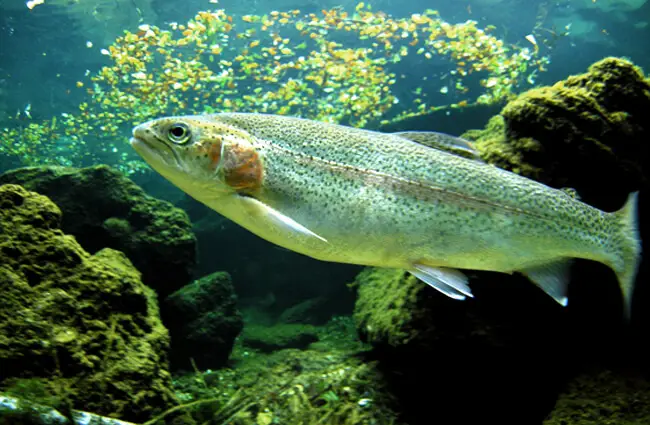
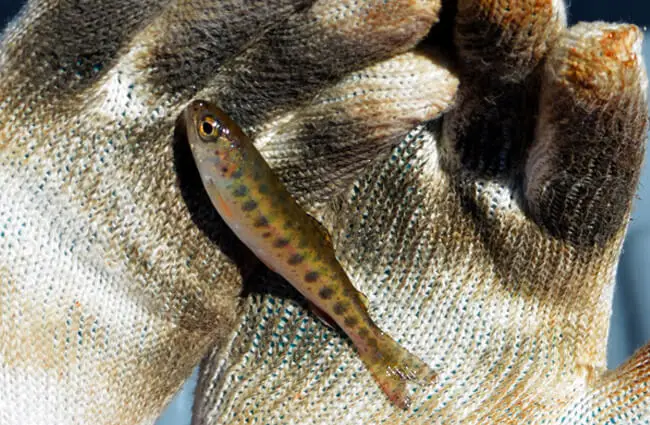
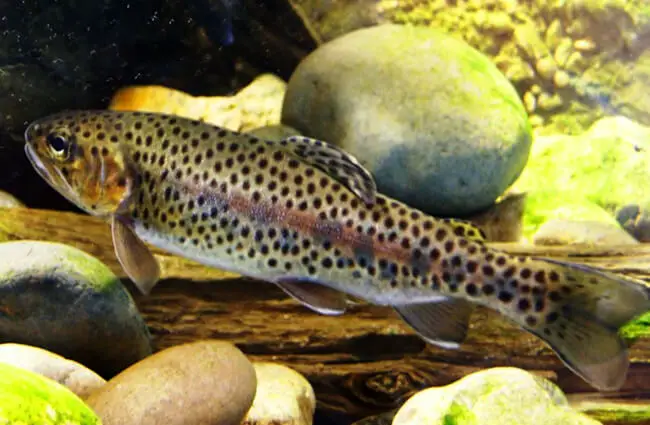
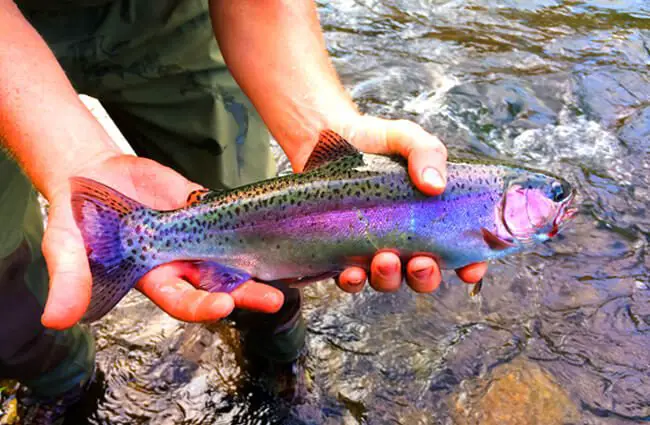
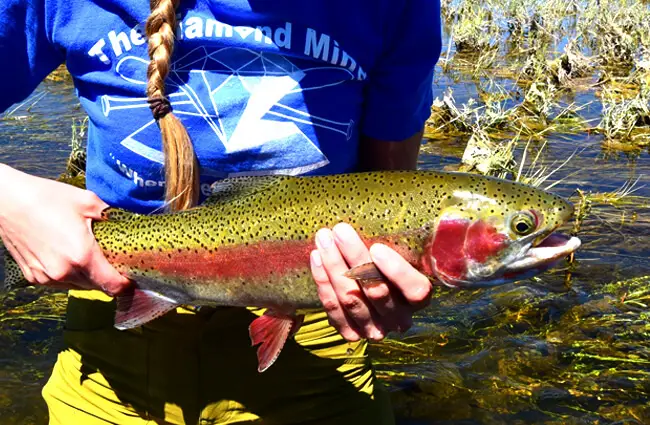
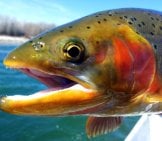
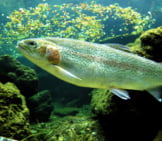

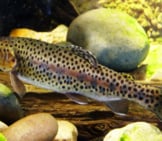

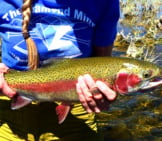
![Red Angus Closeup of a beautiful Red Angus cowPhoto by: U.S. Department of Agriculture [pubic domain]https://creativecommons.org/licenses/by/2.0/](https://animals.net/wp-content/uploads/2020/03/Red-Angus-4-238x178.jpg)












![Red Angus Closeup of a beautiful Red Angus cowPhoto by: U.S. Department of Agriculture [pubic domain]https://creativecommons.org/licenses/by/2.0/](https://animals.net/wp-content/uploads/2020/03/Red-Angus-4-100x75.jpg)

